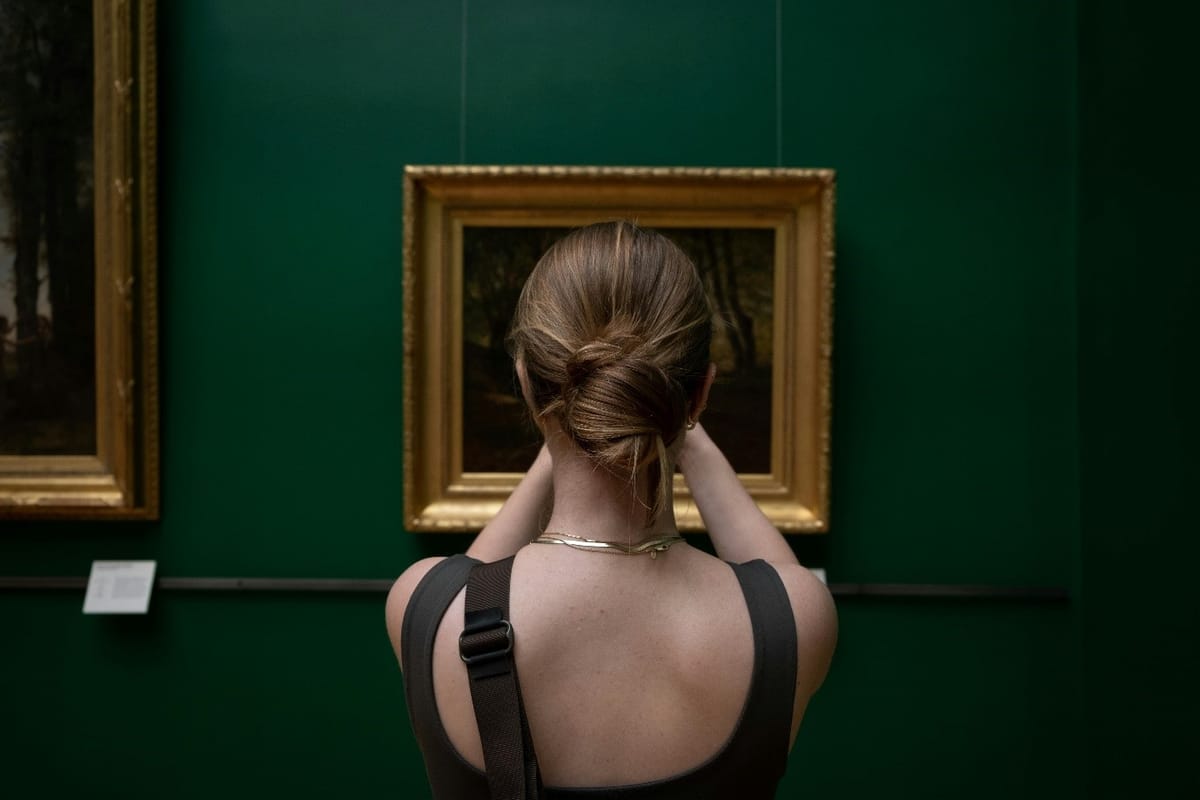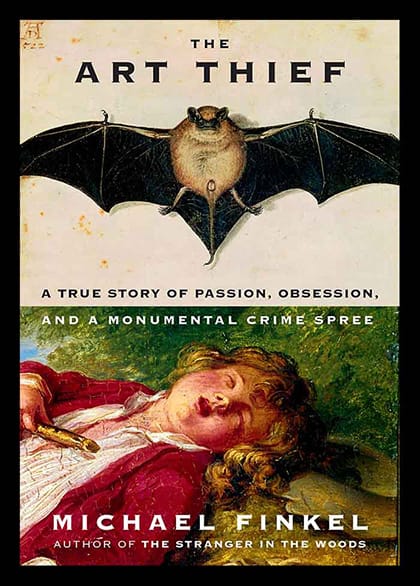Must-Read: The Art Thief – Inside the Mind of Stéphane Breitwieser

In the shadowy annals of art history, few figures are as intriguing as Stéphane Breitwieser, one of the most prolific art thieves in modern times. Between 1995 and 2001, Breitwieser, along with his girlfriend Anne-Catherine Kleinklaus, embarked on an unprecedented spree, stealing over 239 priceless artworks and artifacts from nearly 200 museums across Europe, amassing a collection worth more than $1.4 billion. This astonishing tale is detailed in Michael Finkel’s book, The Art Thief.
Breitwieser’s approach to theft was as meticulous as it was audacious. Unlike typical heists involving elaborate plans and high-speed getaways, Breitwieser’s method was almost serene. He preferred daylight operations, often executing his thefts during lunch hours when museum staff were fewer and less vigilant. He dressed sharply, blending seamlessly with other visitors, and utilized simple tools like a Swiss Army knife hidden in his pocket. His partner, Kleinklaus, played a crucial role by acting as a lookout, coughing softly if someone approached.
His first theft occurred at the Musée des Amis de Thann in Alsace, where he stole a 1730 hand-carved pistol. This initial success emboldened him, and he began targeting small, less-secured museums, often stealing multiple pieces in a single visit. Breitwieser’s preference for objects that stirred him emotionally set him apart from other thieves; he rarely sold his stolen items, choosing instead to keep them hidden in an attic he shared with Kleinklaus.
The audacity of his operations was matched by his deep passion for art. Breitwieser was not motivated by profit but by a profound, almost obsessive love for the pieces he stole. He once said that stealing for money was foolish and that true ecstasy came from possessing and admiring the art privately. This personal gallery, which he never allowed anyone else to see, became his secret trove, filled with masterpieces by artists like Lucas Cranach the Elder and Pieter Brueghel the Younger.
Breitwieser’s spree came to an abrupt end in November 2001, when he was arrested in Lucerne, Switzerland, after attempting to steal a 14th-century bugle. His capture led to the discovery of his vast collection and the arrest of his mother, who had destroyed many of the artworks in an attempt to protect him from prosecution. This act of destruction led to the loss of numerous old master paintings, a tragic end to a significant chapter in art theft history.
Michael Finkel: The Art Thief

Today, Breitwieser’s story, as detailed in Michael Finkel’s The Art Thief, serves as a compelling case study in the vulnerabilities of museum security and the psychological complexities of art theft. His life and crimes challenge us to rethink how we protect cultural heritage while reminding us of the profound, often irrational passion that art can inspire.
Michael Finkel’s The Art Thief not only chronicles Breitwieser’s daring exploits but also invites readers to ponder the broader ramifications of cultural heritage protection in an increasingly interconnected world. It is a story of obsession, love, and the delicate balance between admiration and possession.
ART Walkway News





